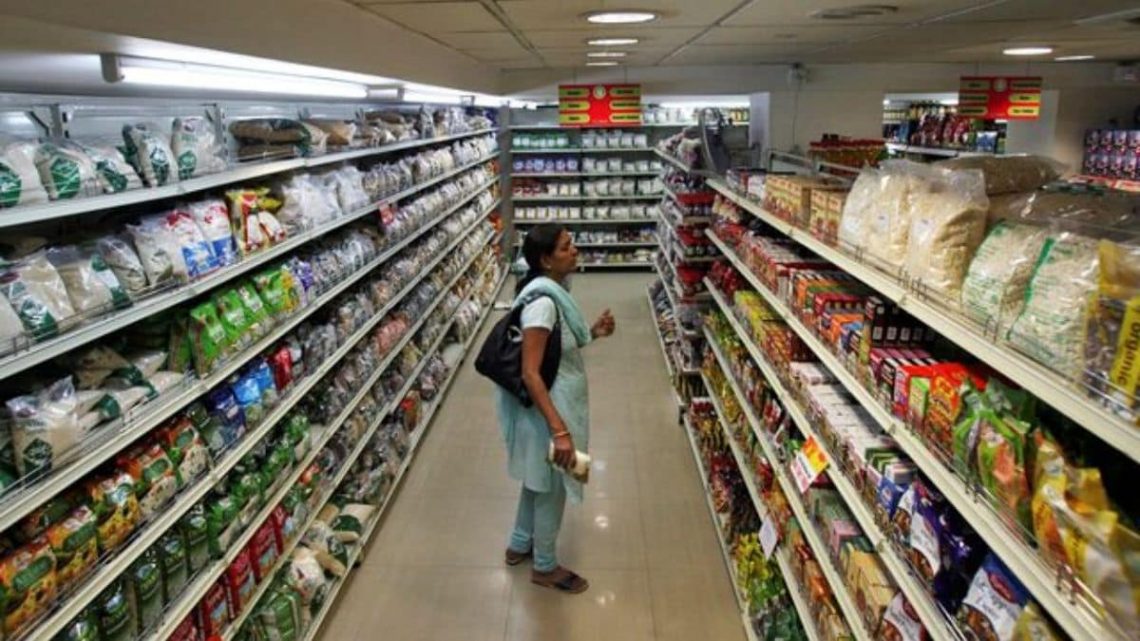With an eye on the middle class, Union Finance Minister Nirmala Sitharaman proposed an overhaul of income tax in the Budget 2024-25.
Under Sitharaman’s proposals,
income of up to Rs 12 lakh would be tax-free compared to Rs 7.75 lakh at the moment. She also rejigged the income tax slabs, raising the maximum bracket of 30 per cent tax to income above Rs 30 lakh from Rs 15 lakh at the moment.
Along with other proposals in the Budget,
such as the rationalisation of tax deducted at source (TDS) and tax collected at source (TCS) regimes, Sitharaman’s proposals go towards addressing the concerns of the middle class, incentivising consumption-led growth, and putting more money in the hands of people, according to experts.
Manish Goel, Founder and Managing Director of Equentis Wealth Advisory Services, said that disposable incomes are set to go up with Sitharaman’s tax cut that would drive consumption and savings.
When taken along with other proposals for micro, small, and medium enterprises (MSMEs), Goel said that Sitharaman has come up with a “pro-growth” budget.
Goel said, “The rationalisation of tax slabs and compliance relief further eases financial planning, making this budget a major step toward a more taxpayer-friendly system. Beyond tax relief, the budget supports long-term wealth creation through pro-growth policies, infrastructure investments, and MSME incentives. The Rs 10,000 crore Alternate Investment Fund (AIF) for startups and higher MSME credit limits aim to boost entrepreneurship and job creation, fostering an environment where individuals can benefit from expanding economic opportunities.”
With such policies, the budget has a “clear focus on wealth creation, savings, and ease of doing business makes this a transformative budget for individuals and investors alike”, said Goel.
It has been estimated that Sitharaman’s tax cuts could boost consumption and revive the GDP growth. In an analysis on X, Krishnamurthy V Subramanian, an Executive Director at the International Monetary Fund (IMF), said that
tax cuts could boost consumption by up to 10 per cent and that could further take the economic growth to 8 per cent. The estimate comes at a time when India’s economic growth has slowed to a four-year low at 6.4 per cent.
Even though experts are counting on consumption-led growth, Promod Batra, a partner at Deloitte India, highlighted that the usage of increased disposable income would not be uniform.
“The new tax provisions are likely to have a more pronounced impact on rural and lower-income groups. This segment tends to channel 80–90 per cent of their additional income directly into consumption, amplifying the economic multiplier effect. In contrast, middle and higher-income groups may not exhibit the same consumption boost, as demand for goods and services is relatively less or not directly proportional and often directed towards savings or investments rather than immediate spending,” said Batra.
Not everyone, however, agrees with the view that the likes of IMF’s Subramanian have taken. The critics have said that revenue foregone because of tax cuts —Sitharaman said Rs 1 lakh crore in direct taxes and Rs 2,600 crore in indirect taxes will be forgone— would result in less money with the government for capital expenditure that would slow developmental activities and have a negative effect on growth.
In a post-budget press conference, Sitharaman sought to address the concern. She said that there would not be any adverse effect on capital expenditure — even though she did not go into the specifics.
“There is no reduction in the public spending on capital expenditure. We continue to place emphasis on the multiplier effect that capital expenditure done by government has shown has sustained us. We continue on that, and with all this, our fiscal prudence has been maintained,” said Sitharaman.
Link to article –

